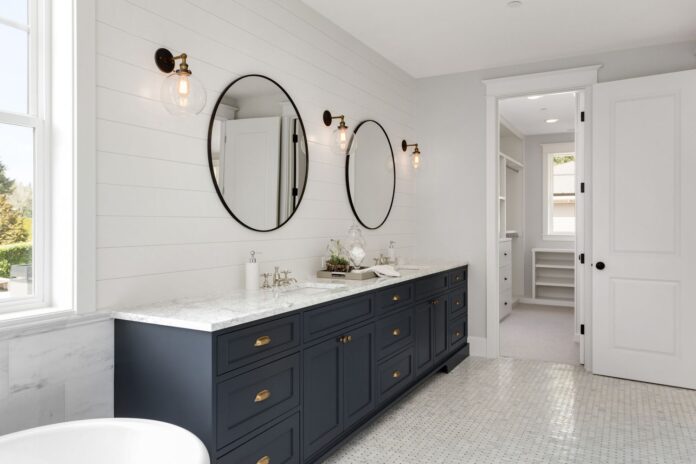Bathroom renovations can yield significant returns, but only if done correctly. It’s an opportunity to visualize the bathroom freshly. A good bathroom increases comfort and relaxation and boosts the home’s value. The homeowner should prioritize which fixtures and ideas are most relevant before considering the bathroom redesign. One should have a good sense of how much money one can put toward bathroom remodeling.
A bathroom remodels is a considerable undertaking, and there are many ways the project could go wrong, causing it to run over time and budget. The key to successful bathroom remodeling is avoiding these common errors and getting the project on the right foot.
9 Most Prevalent Plumbing Problems That Arise During Bathroom Renovations And Their Solutions
1. Faulty Measurements
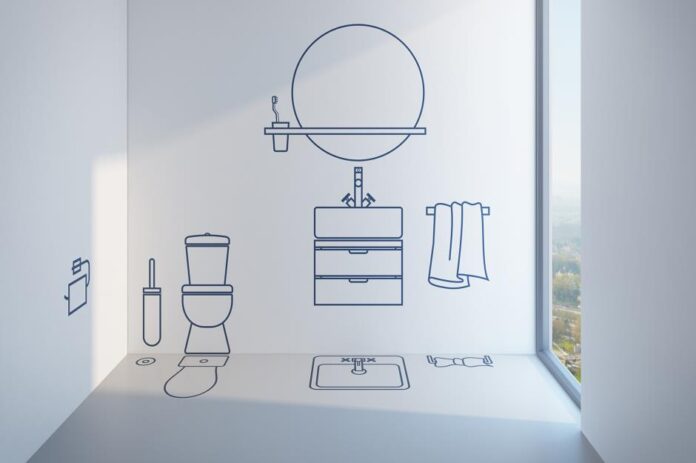
Accurate measuring is essential for many aspects of bathroom renovation. A discrepancy of as little as half an inch can ruin the aesthetic of an otherwise well-designed bathroom. Even a tiny mistake when laying tiles can lead to a disappointing result that may make you want to rip it all out and start over.
2. Diy Fixes May Result In Errors
The ethos of “DIY” (doing it yourself) is commendable. But it’s essential to know when you’re out of your depth and need to bring in a professional. Do-it-yourself renovations often result in a slew of trivial, first unnoticeable errors that ultimately lead to significant hassles. Poor installation might cause serious plumbing issues.
For example, a poorly installed showerhead may begin leaking or dripping inside the wall. It can cause structural concerns and mold, all due to a fractured washer or faucet valve. These result in future costly repairs.
Plumbing that is too tight, overloaded electrical outlets and circuits, and faulty or inappropriate sink fittings contribute to unpleasant washroom experiences.
3. Hire The Inappropriate Plumbing Contractor For The Job
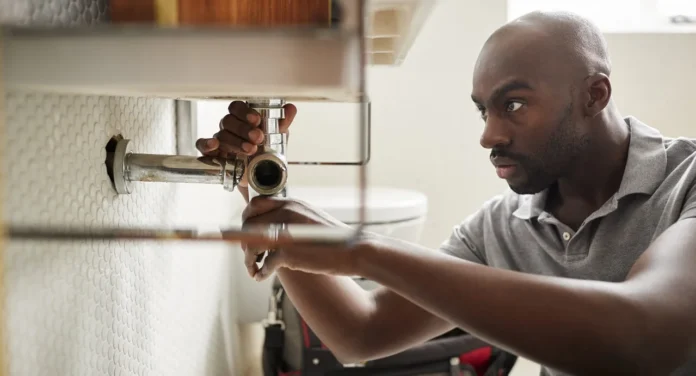
As with any trade, some untrained or unscrupulous contractors prey on novice homeowners. It is a given fact that some so-called plumbers take the money upfront and then fail to show up for the job. Others might frequently miss deadlines and need more preparation or care. Even worse would be if an unqualified plumber performed the repair incorrectly, creating a nightmare web of further leaks and other problems.
Consult with any friends or neighbors who have recently finished remodeling their bathrooms. Undoubtedly, they’ll recommend reputable professionals. Online plumber searches are another option. Look for positive evaluations that mention washroom remodeling. Inquire lastly about the plumbers’ prior experience, equipment, insurance, permits, and licensure.
4. Poor Shower Sloping
The floor of your shower could look level to someone who hasn’t paid close attention. Gravity can draw water to the drain with every storm, thanks to the little slope. Without this slope, the water would get stuck on the shower floor, causing one to stand in a chilly pool of water every morning.
Installing a shower requires paying close attention to the shower’s slope to avoid having to redo the job. At least a 4 percent decline in floor level is required for a shower drain. A floor’s distance from the drain is 5 inches for every 12 inches of flooring.
5. Inadequate Drain Venting
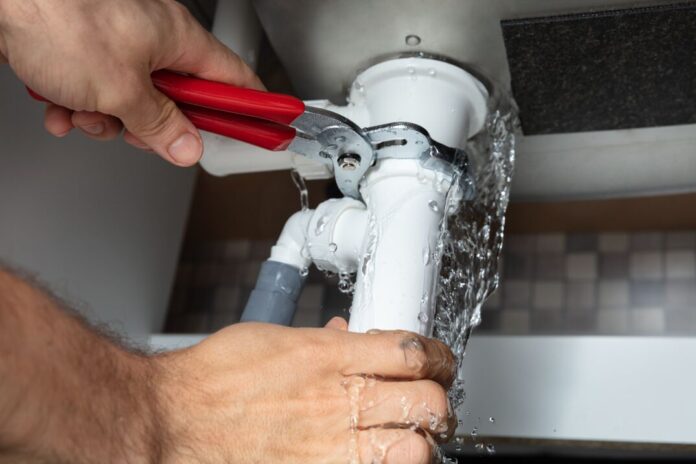
A trap is a device that collects and stores water that backs up into a drain between the sink and the sewage line. The design of a sink trap will keep harmful and unpleasant sewage gases outside of your property. Most homeowners will recognize a problem with their sink trap if they encounter a sewage-like odor in the bathroom. Another defense against insect penetration through the sewer system is the sink trap. The pipe needs precise venting to generate air pressure to produce the required seal. When putting drain pipes beneath your sink, follow the directions strictly.
6. Constriction Of Connections
Fixtures should be safe to use. Too many people make the error of tightening them too much. More secure connections ultimately reduce the chances of leakage.
Overtightening them can harm fittings, causing them to split or even explode. The result might be rapid and substantial water loss due to leaks. It’s essential to have them snug enough to avoid leaks but not so tight that they break.
When working with flexible supply lines or slide joint nuts, it is best to tighten them by hand instead of with plumbing repair tools. then make a further 1/4 to 1/2 turn.
7. Adding Galvanized Pipes
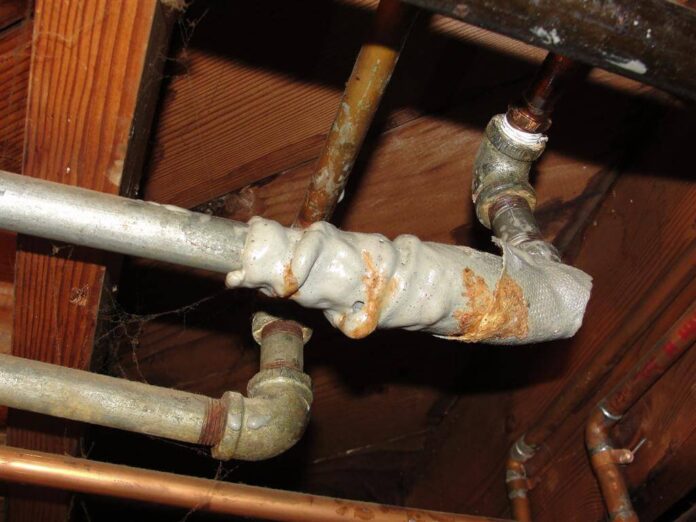
Use proper materials for the plumbing. A legal issue is one of the causes of this. Following the local, state, and national plumbing codes in effect at the installation time is mandatory.
Some materials are also inappropriate according to the law. Galvanized pipes are frequently prone to internal corrosion, potentially resulting in lead poisoning. Though it holds promise for the plumbing system, copper may be too expensive for the repair budget. Examine the plumbing codes to learn more about the alternatives.
8. Utilizing A Damaged Toilet Flange
A flange is a conduit that connects a toilet with a floor drain. Sealing the rubber or wax gasket around the junction between the bathroom and the flange is beneficial. Never use one with visible damage symptoms, such as a crack, while installing it.
Even a little break can make this difficult, if not impossible, resulting in a leak. Home improvement stores sell repair kits for these. Still, one should only attempt this repair if they are confident in completing it successfully. It’s advisable to get a pro’s help to create a masterpiece.
9. Improper Shower Head Installation
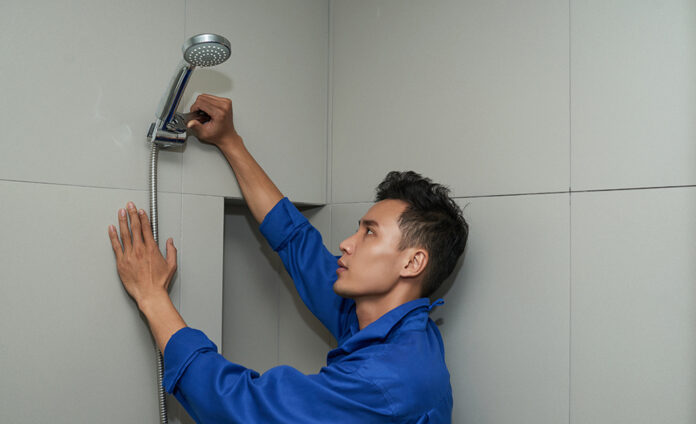
One often overlooks the correct height for a shower head, yet it is crucial. The height of this point, in inches, is 80 inches above the drain. When set below this point, they may need help to operate.
Consider elevating it in some settings. It is the norm if a very tall person is using it. The only drawback to set it too high is that it can cause problems for shorter people.
Conclusion
Washrooms have exceptional plumbing and electrical systems, which may come as a surprise to you. Bathroom remodeling offers a second chance to satisfy one’s unfulfilled desires to avoid some common mistakes by being vigilant. Hiring a professional is the best remedy for all the previous blunders. They will have a good idea of what will work and what won’t in the bathroom.

